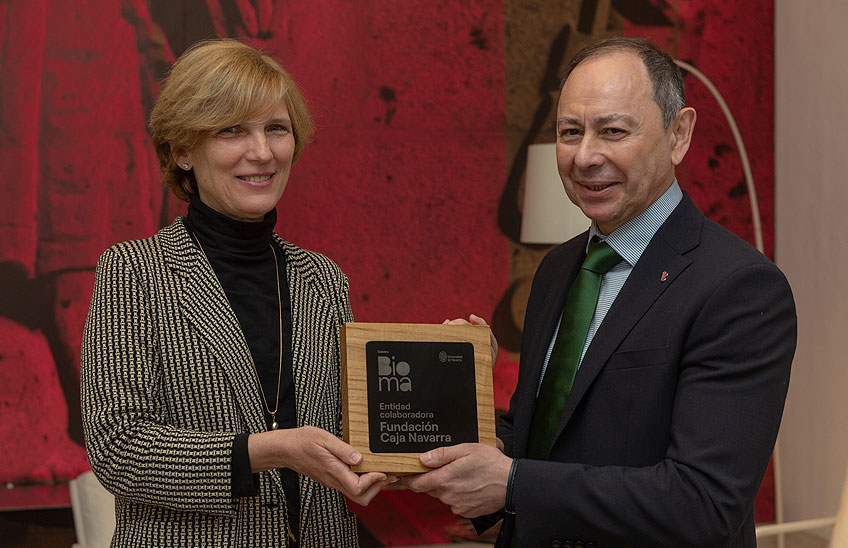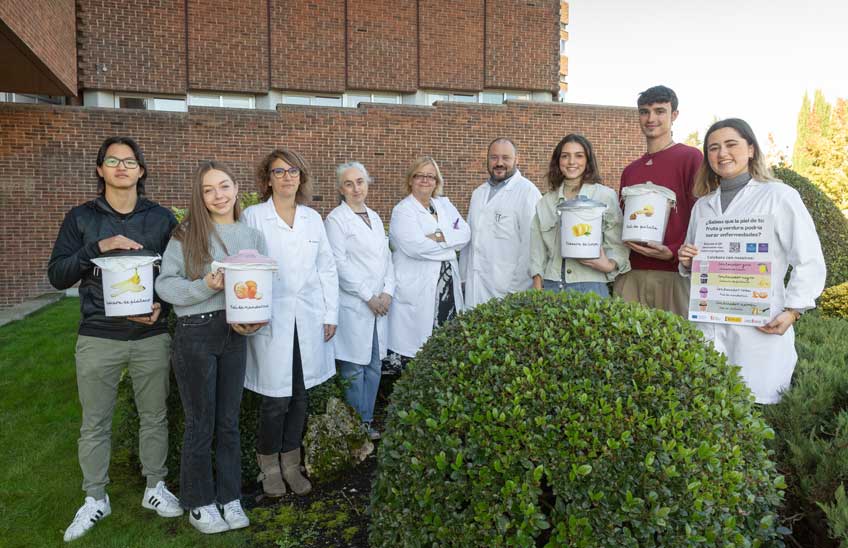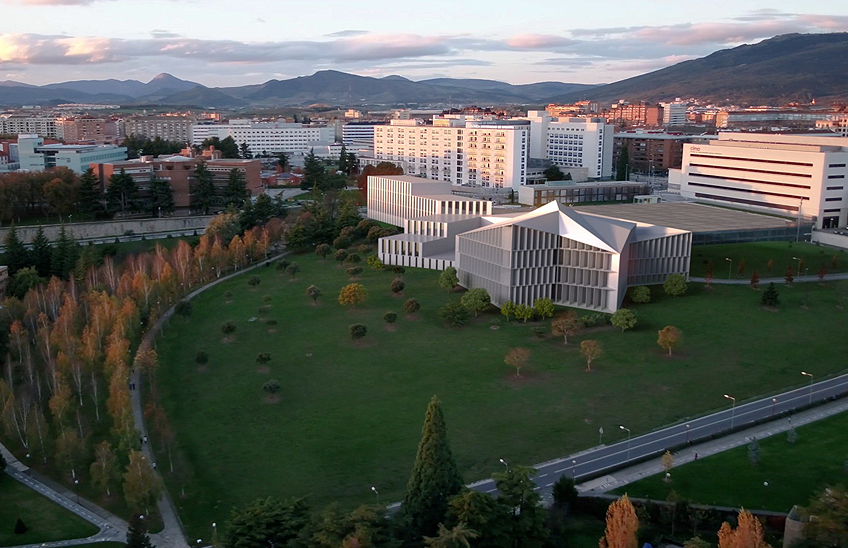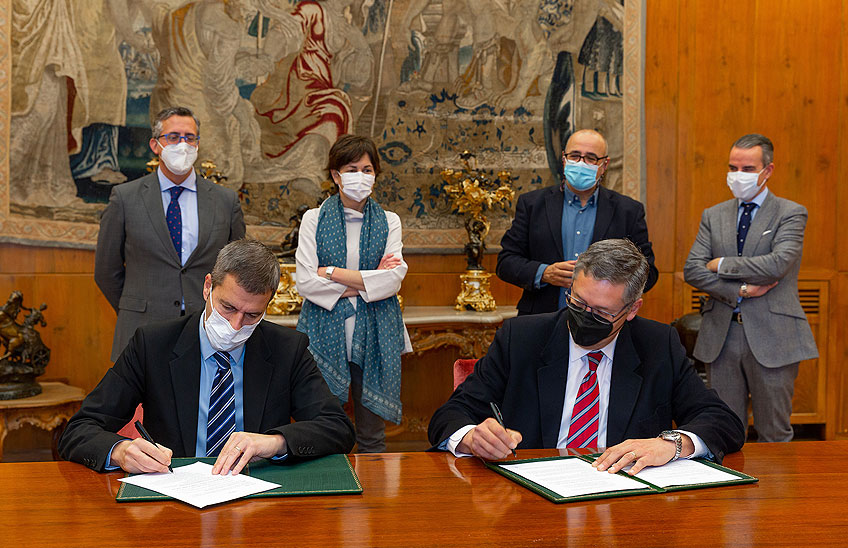Endesa and the University sign an agreement partnership agreement for the implementation of the future BIOMA Center in Pamplona.
The energy business is added to the University's project which includes the Science Museum and the Biodiversity and Environment Institute

FotoCedida/AlfonsoSánchez-Tabernero, President of the University of Navarra, and José Bogas, CEO of Endesa.
13 | 10 | 2021
Endesa and the University of Navarra have signed an agreement partnership agreement for the implementation of the BIOMA Center in Pamplona. The agreement was signed by José Bogas, CEO of Endesa, and Alfonso Sánchez-Tabernero, President of the University, at a ceremony held at the University's headquarters in Madrid. Clínica Universidad de Navarra in Madrid. This new project of the educational institution is born in the framework of the Strategy 2025 "University and Sustainability which has as cross-cutting objectives the sustainable development and the care of people and the environment.
The President, Alfonso Sánchez-Tabernero pointed out that "we are particularly excited about this project because we believe that the University can provide effective solutions to the main environmental challenges facing our planet. I would especially like to thank Endesa for its commitment to this new initiative, which will allow us to work together with the purpose to build a more sustainable world".
For his part, José Bogas said: "The fight against climate change is a global challenge, a challenge for society as a whole, as the UN has recently highlighted once again. Large companies, such as Endesa, must work for an inclusive, clean and sustainable future. In this sense, research through programs such as the one we have just signed with the University of Navarra is core topic to mark the lines of action for the future. And its dissemination and knowledge dissemination, an essential element to involve the whole society".
The BIOMA Center, a commitment to sustainability
The BIOMA Center hosts the Biodiversity and Environment Institute and the Science Museum. The aim of these initiatives is to develop a research multidisciplinary and put it at the service of society through the Museum's activities professor, museums and dissemination.
The high school has as goal to respond, from scientific evidence, to the main environmental challenges facing our planet, such as climate change, biodiversity loss, pollution or the impact of invasive alien species. His research will be grouped into four main lines: monitoring and management of ecosystems, human impact on the environment, global change and biodiversity, and science communication.
For its part, the Science Museum works with pioneering educational programs, knowledge dissemination and promotion of scientific culture, driven by new technologies. A window to the world that allows reflection on the value of the planet and puts in dialogue the research, the Education and the knowledge dissemination, thus allowing a greater transfer to society and a better awareness of it.




